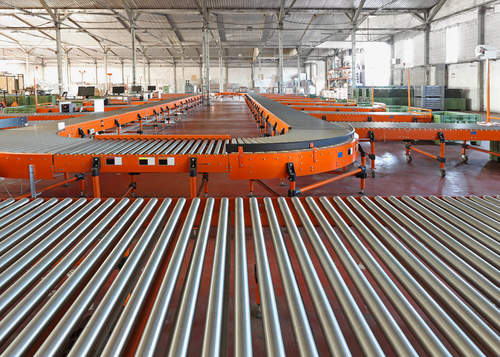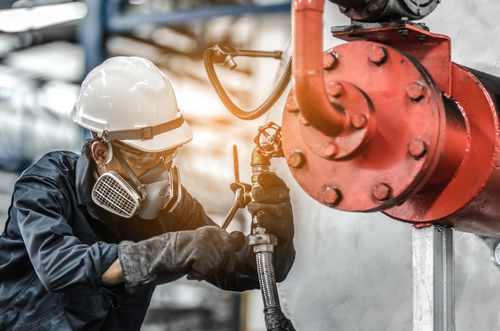To keep your belt and live roller conveyors on a roll, preventative maintenance is key. When is the right time to have your belt serviced? If things are falling apart, that may be a sign you’re waiting too long. Let’s take an inside look at how to determine the best maintenance plan for belt and live roller conveyors, and how you can ensure things are always in top shape.
A Look into Conveyor Belts
Why is it so important to have your conveyor belts serviced? If you take a look at the parts that make up your belts, it’s easy to see why maintenance is so essential.
A live roller conveyor is composed of steel rollers in direct contact with your products. If these rollers aren’t moving, your materials won’t be moving either. This belt is designed to be driven by either a belt or a chain that sparks roller rotation. Live roller conveyors are often used for heavier products, which also can have an impact on the servicing these belts need.
A belt conveyor runs product over slider beds or rollers in direct contact with your materials. Many businesses choose a belt conveyor because of the control it allows on inclines and declines. Belt conveyors are powered by a motor that needs careful management to ensure continuous service. While the belt conveyor is often used for lighter products, it still requires regular maintenance.
What factors have an impact on belt conveyors and live roller conveyors? Keep reading to learn more about your maintenance plan.
Three Things to Consider for Belt and Roller Conveyor Maintenance
- The Use Environment
The first thing to look at when creating your conveyor maintenance plan is the use environment. How heavy are the materials on the belt? How often are products processed down the belt? A high use environment is going to require more frequent maintenance.
Location is also also important to consider. Is the conveyor belt housed inside or outside? If the conveyor is outdoors in a hot and humid environment, or a space with frequent precipitation, parts may break more often. Another important thing to look at is water. Being near any kind of water can lead to rust on steel and metal materials. In these environments, lubrication becomes much more important.
- Signs of Wear and Tear
When the Mathews Mechanical team is evaluating belt and live roller conveyors, we watch for several key indicators. “First, we will walk around the conveyor area and listen for any abnormal noises,” explains Mathews Mechanical owner Jared Mathews. “Then, we’ll look for any obvious signs of wear and tear, like metal shavings on the ground.”
Even this kind of basic inspection can show signs of wear and tear your belts may be experiencing. “As we lubricate all the moving parts, we keep an eye out again for weird noises or wearing patterns,” Jared says.
On belted conveyors, the Mathews Mechanical team checks the tracking and frame for wear or signs of stretching. Our experts will make sure there are no cuts on the belt or lacing that indicate parts need to be repaired or replaced.
- Motor Wear
When the motor determines whether or not you’re getting work done, careful maintenance is critical. A little maintenance can prevent a lot of equipment downtime. “If you see oil come out of a gearbox or your motors are exceptionally warm, your motor may be working too hard,” Jared explains. “If all the oil or grease has disappeared, you may have a problem.”
What’s the average amount of time your belts should be going between maintenance? “We recommend maintenance at least once every six months,” Jared notes. “For higher use belts, once a quarter. In a few cases, we’ll go monthly.”
The Mathews Mechanical team is here to help with your conveyor belt from installation to maintenance. And conveyor belts are only one of our many areas of expertise. From creating solutions to maintaining systems, we are equipped to help. Get in touch with our experts to ensure your conveyors keep moving work forward.






